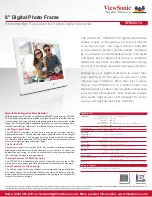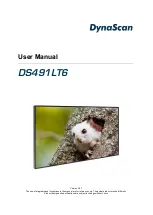
Re
co
rd
in
g m
e
nu
105
* “c” of “cRAW” means “compressed.” The data is compressed up to about 60 to 70%
compared to an image not compressed. Use this setting when you want to increase
the number of images that can be taken.
Note
• For details on the number of images that can be taken when the image quality is
changed, see page 31.
About RAW images
You need the “Image Data Converter SR” software included on the CD-ROM
(supplied) in order to open a RAW image recorded on this camera. With this software,
a RAW image can be opened and converted to a common format, such as JPEG or
TIFF, and its white balance, color saturation, contrast, etc., can be readjusted.
• Recording a RAW image entails the following limitation.
– The RAW image cannot be printed using a DPOF (print) designated printer or a
PictBridge compliant printer.
• You cannot verify the effects of D-Range Optimizer other than those of
(Standard) if you play back and enlarge an image recorded in RAW format.
For details, see page 77.
Quality
RAW (
)
File format: RAW (raw data)
This format is not achieved by digital processing. Select this
format to process images on a computer for professional
purposes.
• The image size is fixed to the maximum size. The image
size is not displayed on the LCD monitor.
cRAW
*
(
)
RAW & JPEG
(
)
File format: RAW (raw data) + JPEG
A RAW image and a JPEG image are created at the same
time. This is suitable when you need two image files, a JPEG
for viewing, and a RAW for editing. The image quality is
fixed to [Fine].
cRAW & JPEG
*
(
)
Extra fine (
)
File format: JPEG
The image is compressed in the JPEG format when recorded.
The higher the compression rate, the smaller the file size.
This will allow more files to be recorded in one memory card,
but the image quality will be lower.
Fine (
)
Standard (
)
D-RangeOptimizer
















































